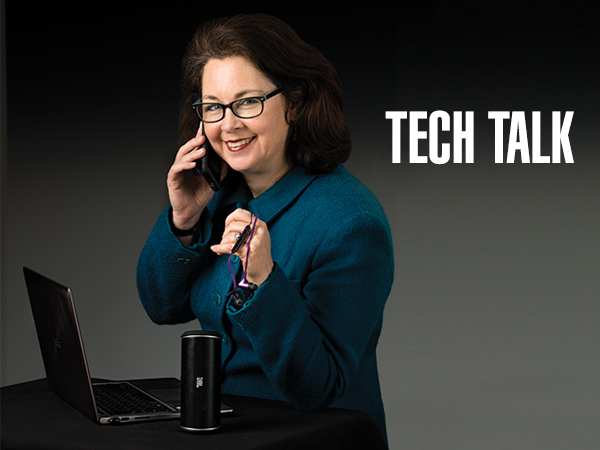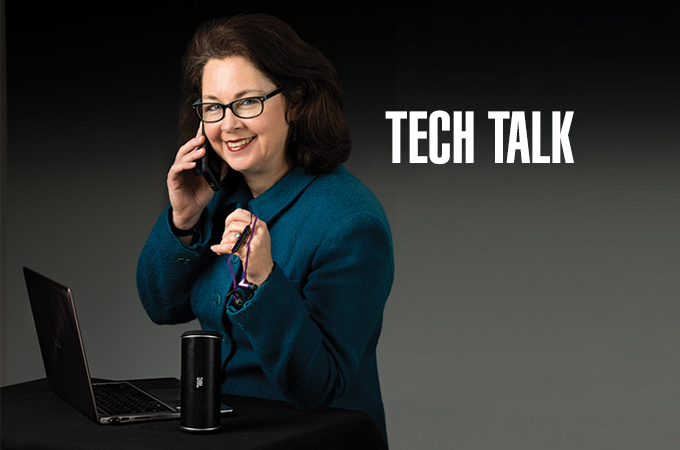Recently, I had a followup appointment with my doctor, who is based at a St. Louis hospital. My appointment lasted 15 minutes, but it took two hours out of my day when I figured in the commute. The doctor checked my blood pressure, the nurse checked my other vitals, and then they reviewed the blood pressure readings I had taken during the month and asked a few questions. Upon reflection, I wondered if this could have been done virtually.
According to the 2018 Deloitte Survey of U.S. Physicians , one out of four patients have engaged with a doctor or nurse virtually in some way. More than half of us use technology to track our health and share the information with our doctors virtually.
Unfortunately, only 14 percent of doctors have technology to enable patients to interact with them in this way. The BJC HealthCare/Washington University and Mercy networks introduced MyChart technology in 2018. It offers e-visit and email correspondence options to engage with your doctor.
Why should you consider using virtual medical care? First, it is a cheaper alternative to an office, urgent care or emergency room visit for common conditions; my doctor charges a $20 copay to use the service. Second, it helps reduce the spread of illlness; if you stay home and connect virtually with a practitioner, you can avoid infecting others. The technology also allows you the convenience of a diagnosis from the comfort of your home. Finally, it may be a faster way to get answers about your condition and secure a prescription so you can start feeling better.
There is more than one way to connect directly with a doctor or nurse. You can use a phone hotline or initiate an e-visit where a doctor responds to your questions within two hours. If you prefer to see an actual person, you can use a video service such as Amwell or Doctor on Demand. All of these services use technology to provide virtual medical care.
The next time my sinuses are giving me trouble, my back hurts or I have a cough, I plan to try an e-visit. When you combine this with the fact that wearable devices can monitor chronic conditions, we soon may find ourselves receiving real-time medical advice based directly on what our bodies are saying. Ask your doctor about virtual services next time you go for a checkup.
Sheila Burkett is an information technology expert and CEO of Spry Digital, an interactive design agency delivering smart digital solutions. Follow Spry Digital on Twitter (@sprydigital), Facebook (facebook.com/sprydigital), Instagram (@sprydigital) or LinkedIn (linkedin.com/company/spry-digital-llc).







